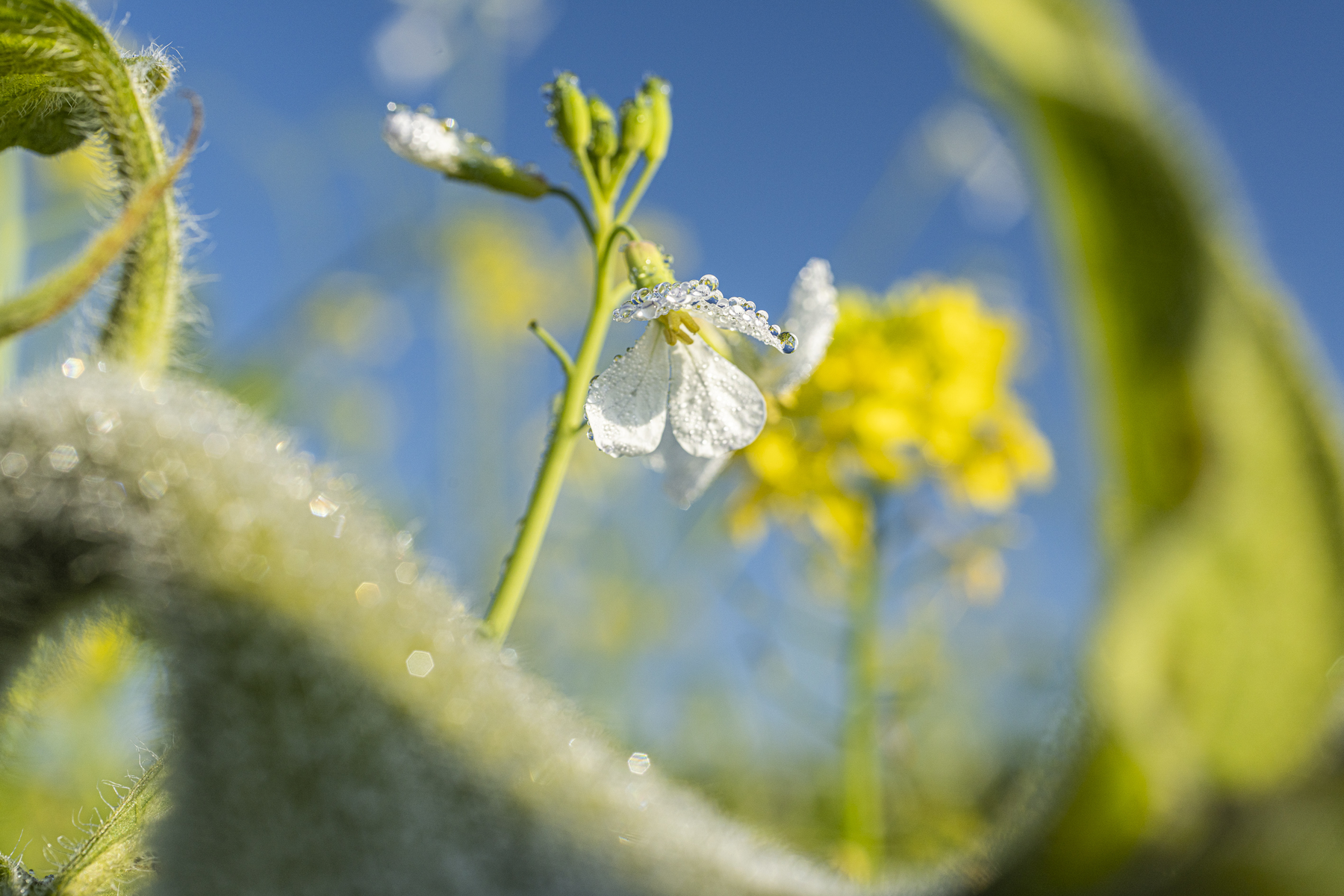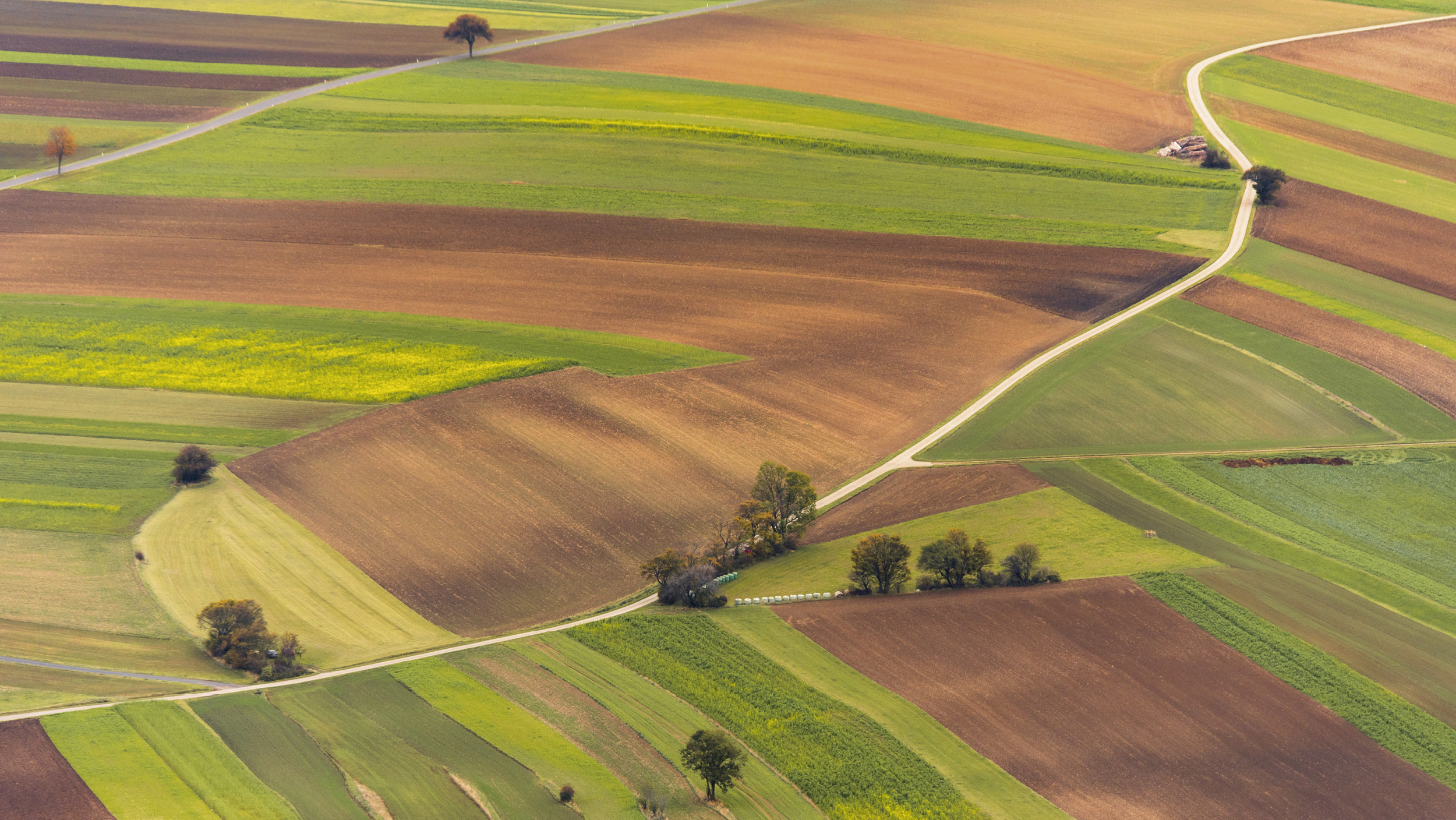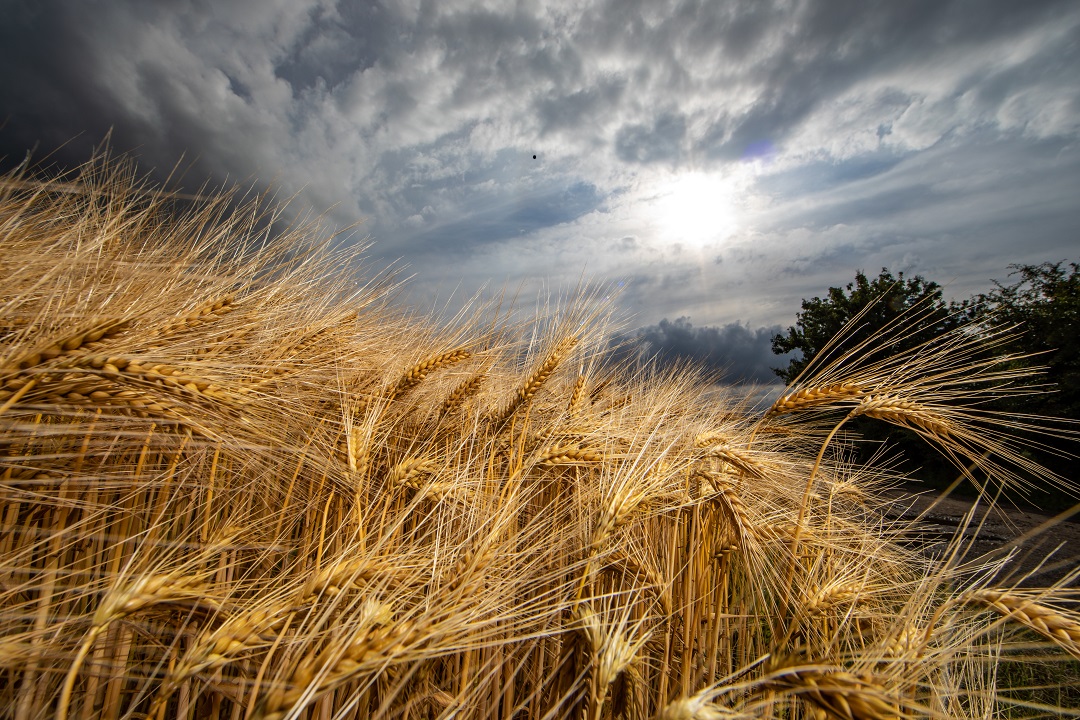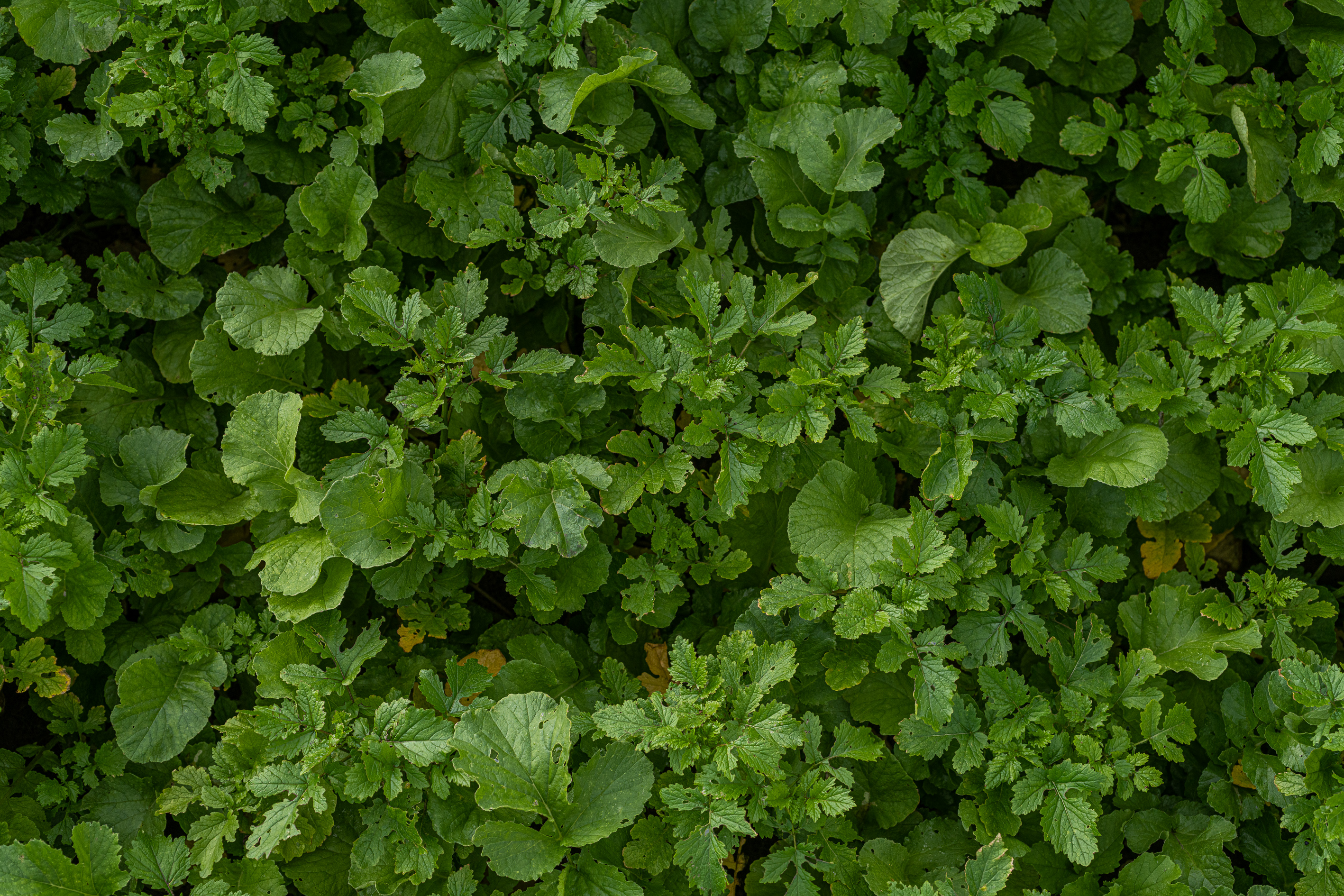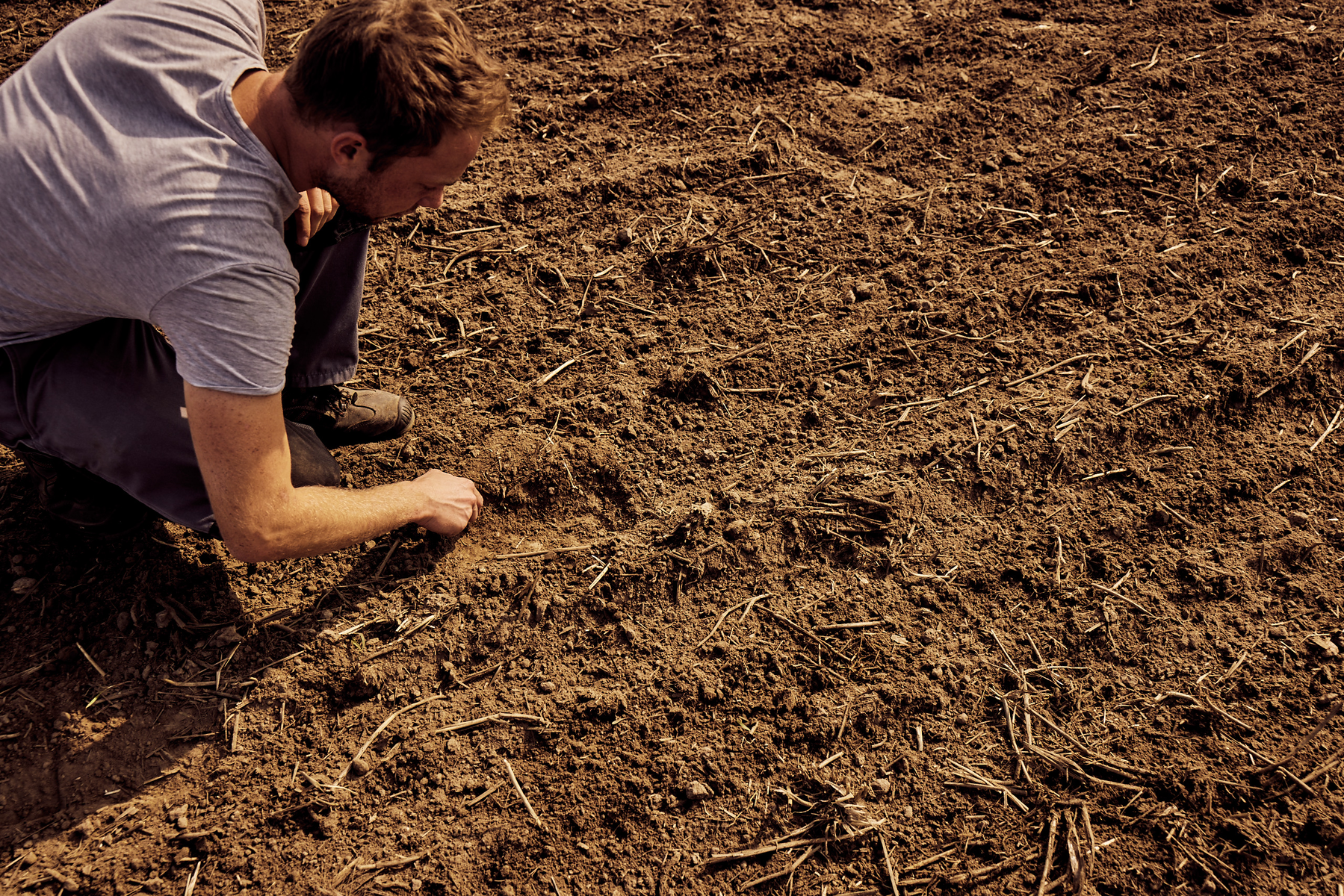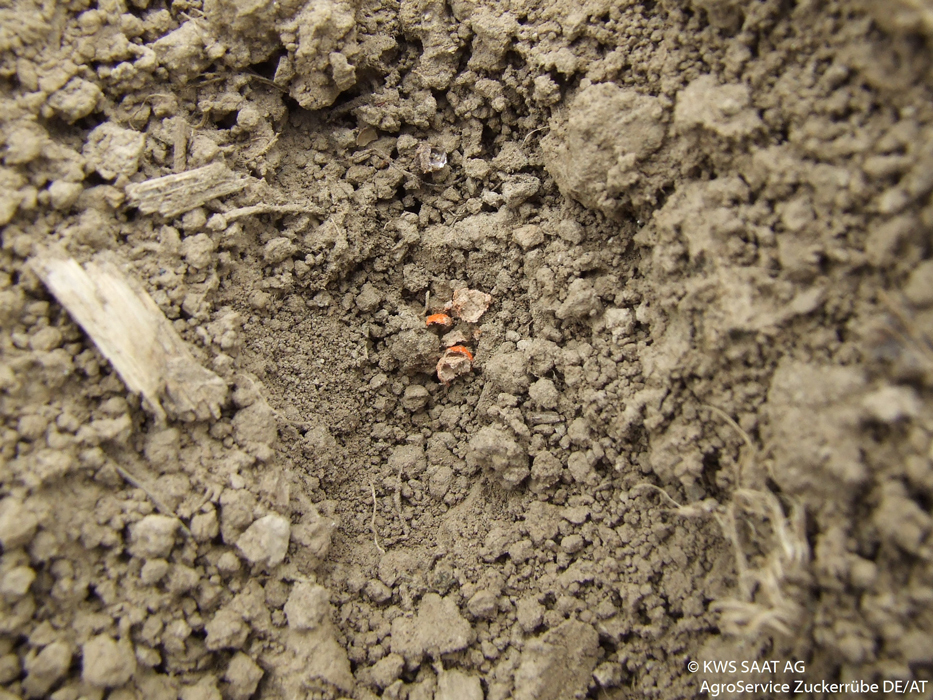Benefits of biodiversity in farming
Supporting biodiversity
The interaction of winter and summer as well as the alternation of stalk and leaf crops in the crop rotation is also an important component.
Also, catch crops can make an important contribution here. The contribution of cover crop mixtures to the soil fauna is therefore of great importance for the entire arable habitat. The nutrient base increases for many living beings.
In addition to the cultivation of catch crops, there are other measures that have been taken in agriculture in recent years to promote biodiversity – for example: Flower strips or strips of water at the edge of the water create an additional food supply for insects and bees.
How species give back
A well-developed cover crop in an otherwise poorly vegetated period - and beyond - is like a bulging pantry for life in the soil. With this food supply, farmers can create the conditions for handing over 'work' to others, such as earthworms. They can take over important parts of the tillage and improve the air, water and nutrient balance. The well-supplied soil life in turn contributes to the supply of the main crop.
The anectic earthworm (deep digger) comes to the surface to search for food, pulls dead plant residues into the soil and uses them next to the soil for food processing. At the same time, the excretions of this earthworm contain five times more nitrogen, seven times more phosphorus and eleven times more potassium than the surrounding earth.
